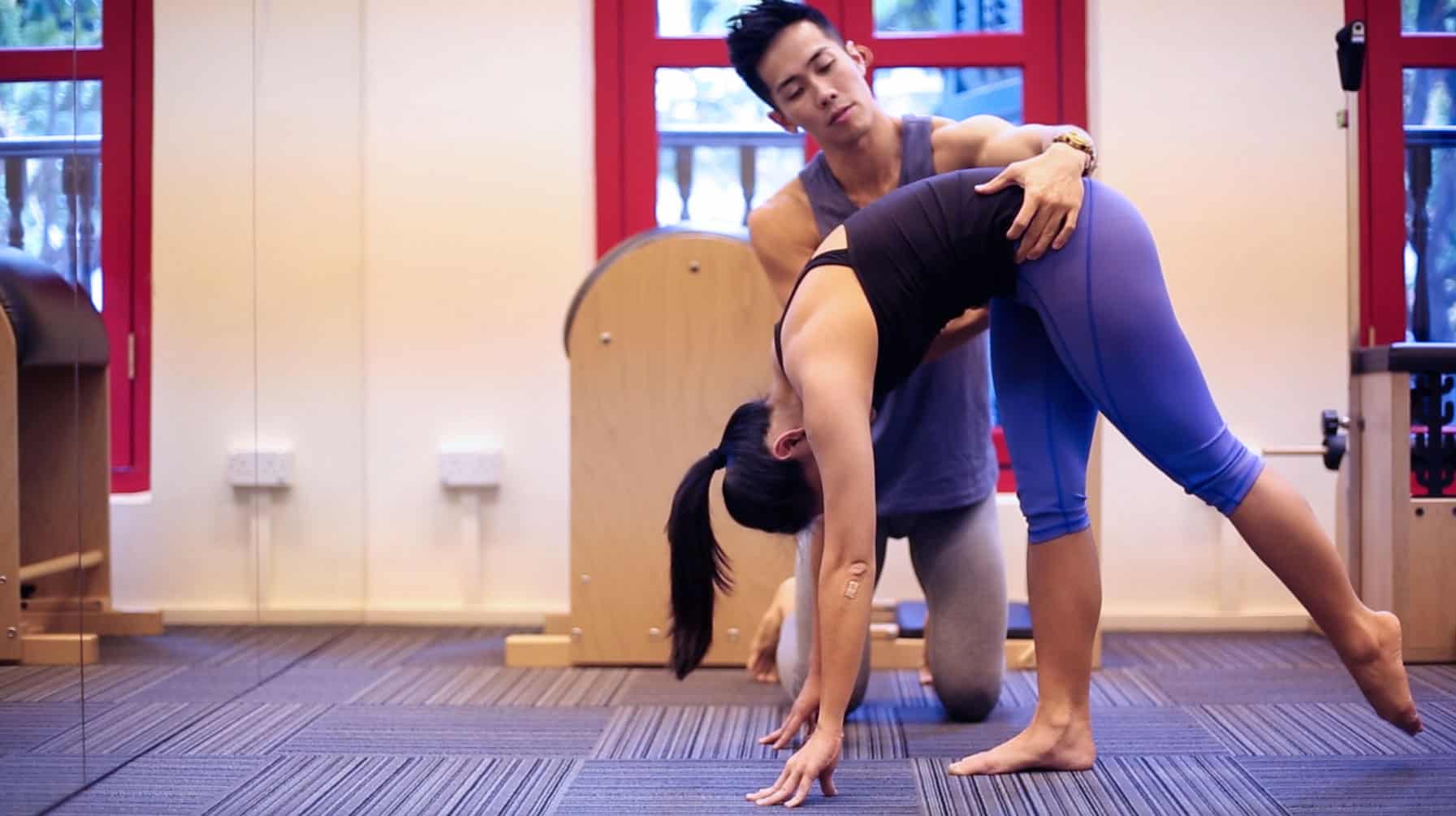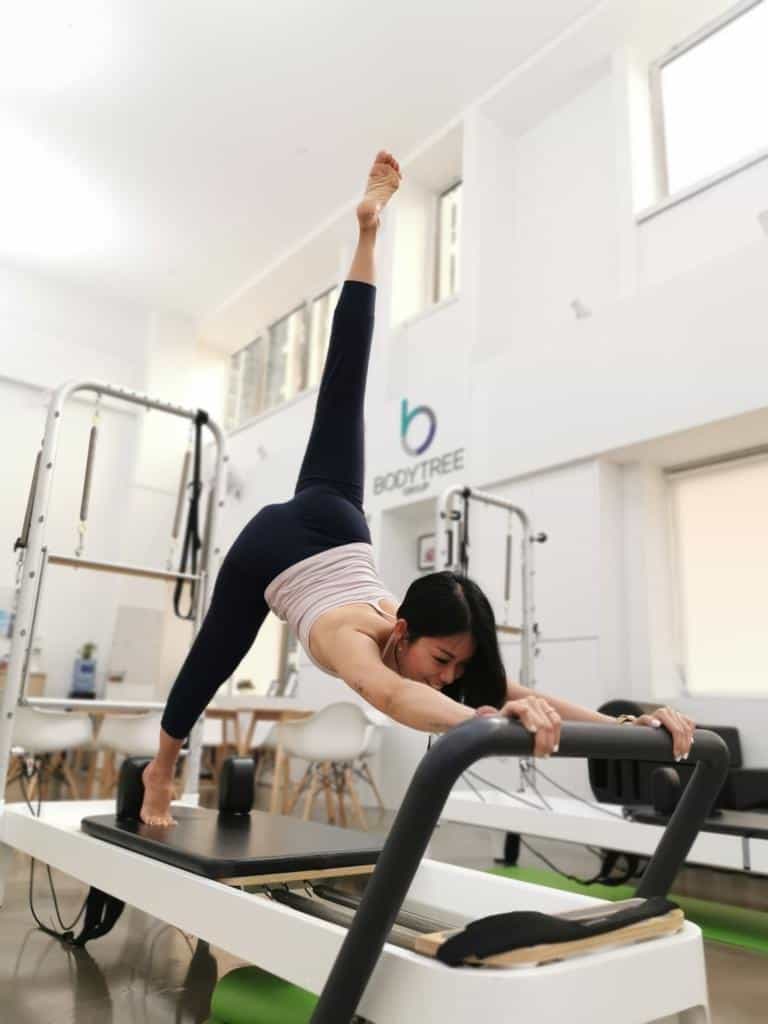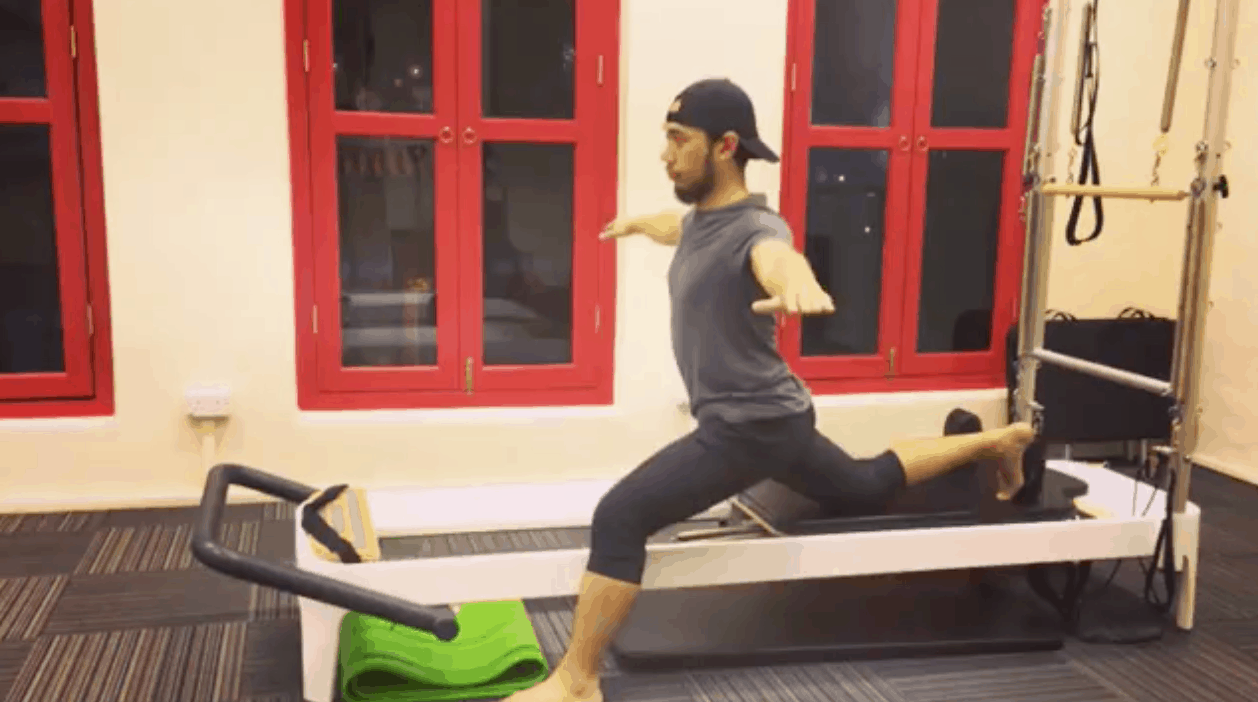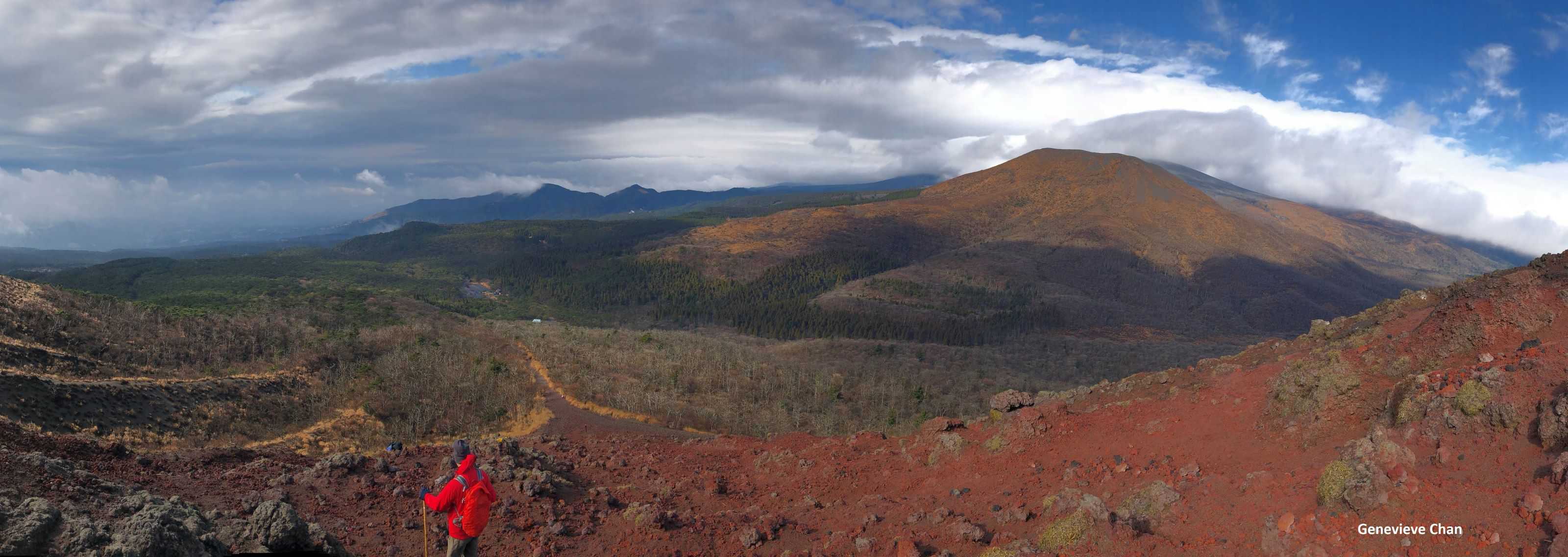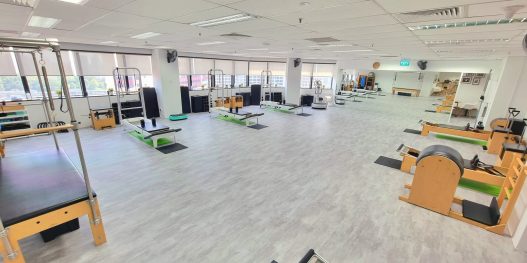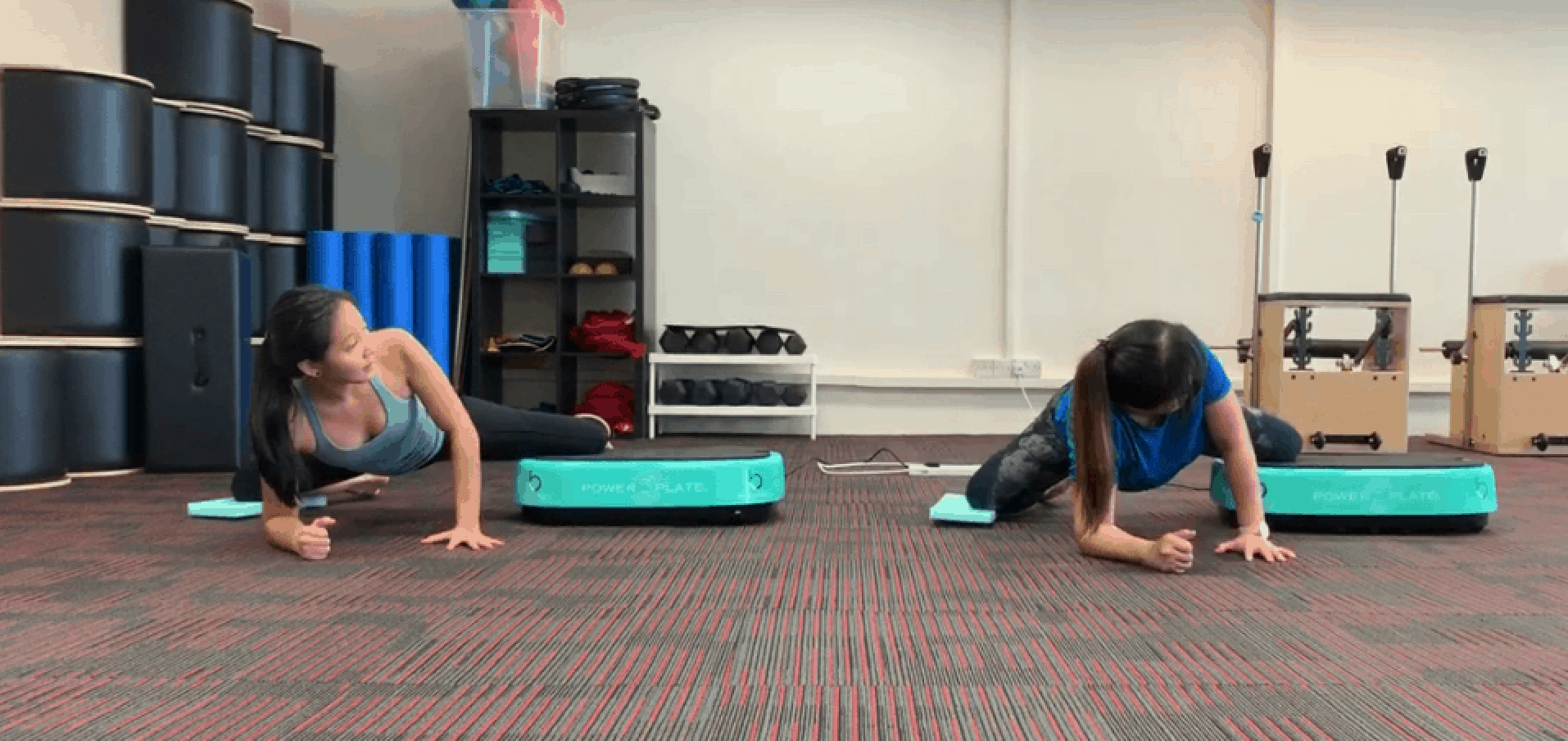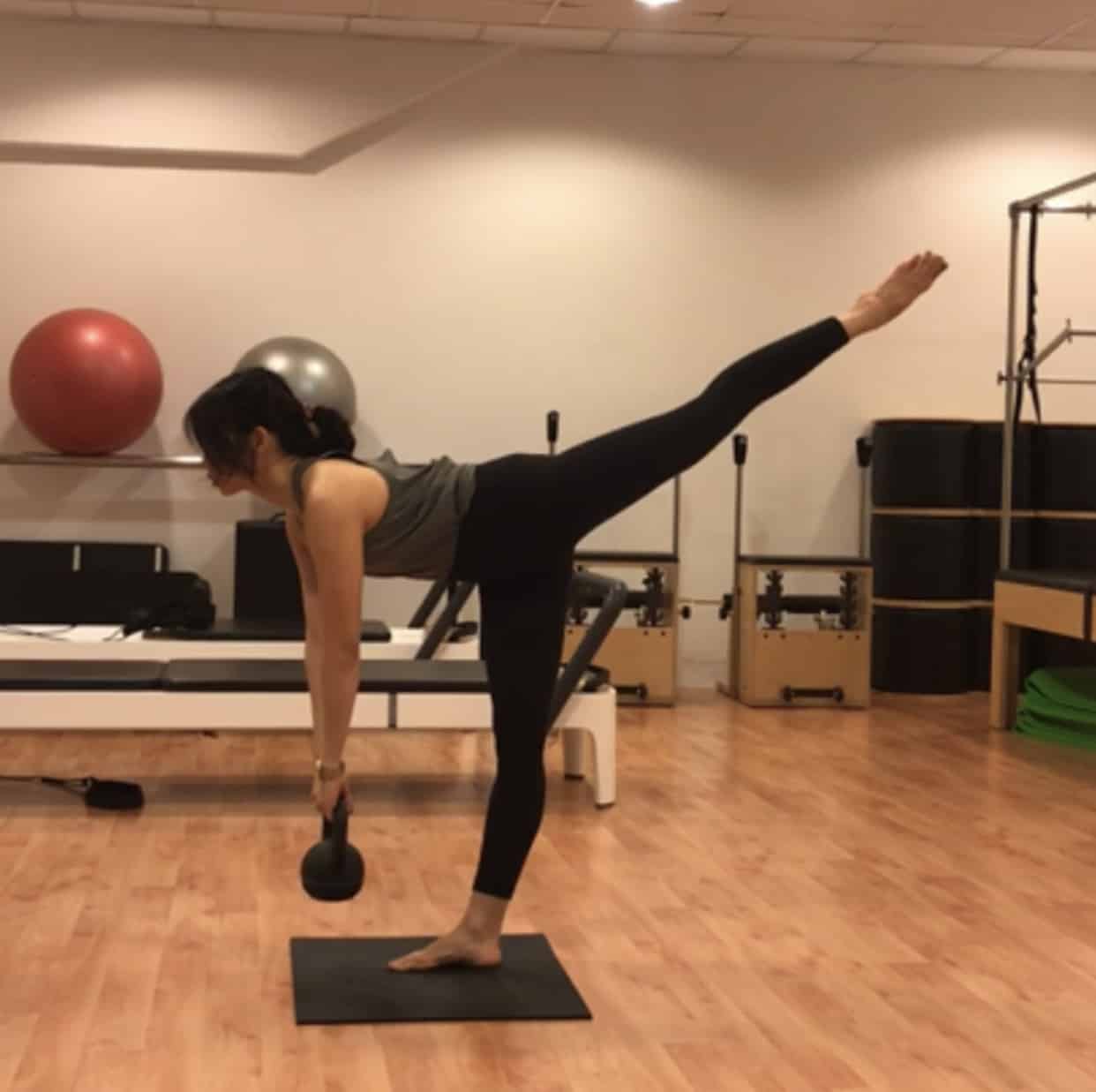Women suffer from heel and foot problems 4 times more than men because of:
Killer Heels!
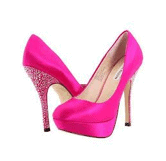
Do you know studies show that over 80% of women wear shoes too small for their feet and 70% were noted to have associated big toe deformity! Unfortunately, comfortable and well-fitting shoes rarely equate to fashion.
Every woman loves her high heels and they make most of us feel more confident and sexy. At the end of the day though, we feel the not-so-stunning effects of wearing high heels – toes hurt, calves ache. Although we can’t wait to kick our high heels off, but we still will not give them up!
Most women are not fully aware of the consequences of wearing high heels for many hours a day.
Read this article published by Daily Mail by Rachel Porter and Cloe Lambert:
“Ouch! That’s why they call them killer heels: why nine in ten of us suffer from painful feet”
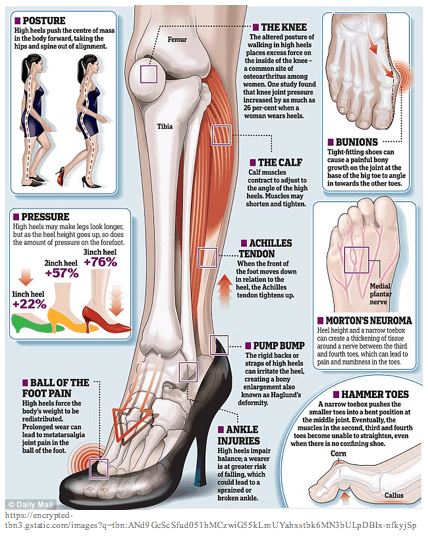
Wearing high heels impact more than the feet, and according to the article these are the list of problems:
1. Posture
High heels push the centre of mass in the body forward, taking the hips and spine out of alignment
2. Pressure on the forefoot
As heel height goes up, so does the amount of pressure on the forefoot. Have you felt like your foot is on fire?
3. Pain at the ball of the foot
High heels force the body’s weight to be redistributed. This can lead to joint pain in the ball of the feet. Wearing shoes too small aggravates this and the feet are cramped into shoes.
4. Knee pain
The altered posture places excess force on the inside of the knee. This pressure increases by as much as 26% with high heels.
5. Tight Calf muscles and Achilles Tendon
Calf muscles contract to adjust to the angle of the high heels. Muscles may shorten and tighten. And thus shortening and tightening the Achilles tendon as well. These tight muscles may lead to plantar fasciitis – pain at the bottom of the foot.
6. Pump Bump
The rigid backs or straps of high heels can irritate the heel, creating a bony enlargement also known as Haglund’s deformity.
7. Ankle Injuries
High heels impair balance; a wearer is at greater risk of falling, which could lead to a sprained or broken ankle.
8. Bunions
Tight fitting shoes can cause a painful bony growth on the joint at the base of the big toe to angle in towards the other toes.
9. Morton’s Neuroma
Heel height and narrow toebox can create a thickening of tissue around the nerve between the 3rd and 4th toes, which can lead to pain and numbness in the toes.
10. Hammer Toes
A narrow toebox pushes the smaller toes into a bent position at the middle joint. Eventually, the muscles in the 2nd, 3rd and 4th toes become unable to straighten, even when there is confining shoe.
Is this list long enough for you to reconsider wearing high heels for too many hours?
Well, if you still insist on wearing high heels, here are some suggestions to give your feet a welcomed break.
1. Change to flat shoes when you are in the office. Vary the height of the high heels to give your calf and feet muscles a break.
2. Do Pilates to stretch and release the calf and feet muscles daily. You can do this yourself or attend Pilates classes incorporating stretching exercises.
3. Strengthen your leg and feet muscles with Pilates exercises such as leg and footwork on Pilates equipment like the Reformer.
4. Practice Pilates in class or at home on a regular basis to balance your posture, strengthen your hips, spine and knee joints that are thrown out of alignment from wearing high heels.
5. Walk on the beach barefoot whenever you have the opportunity.

